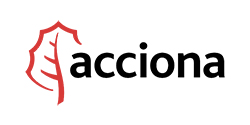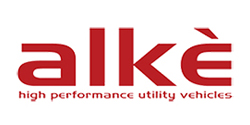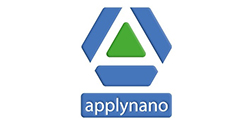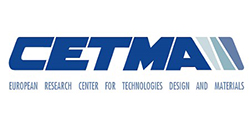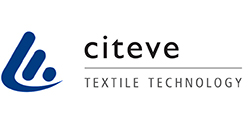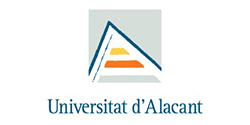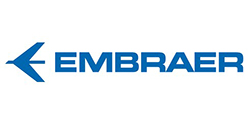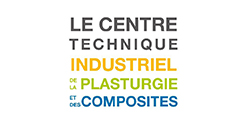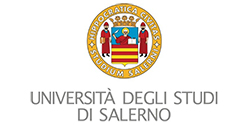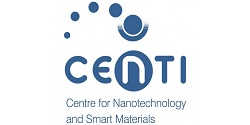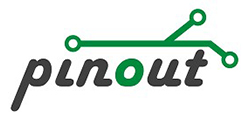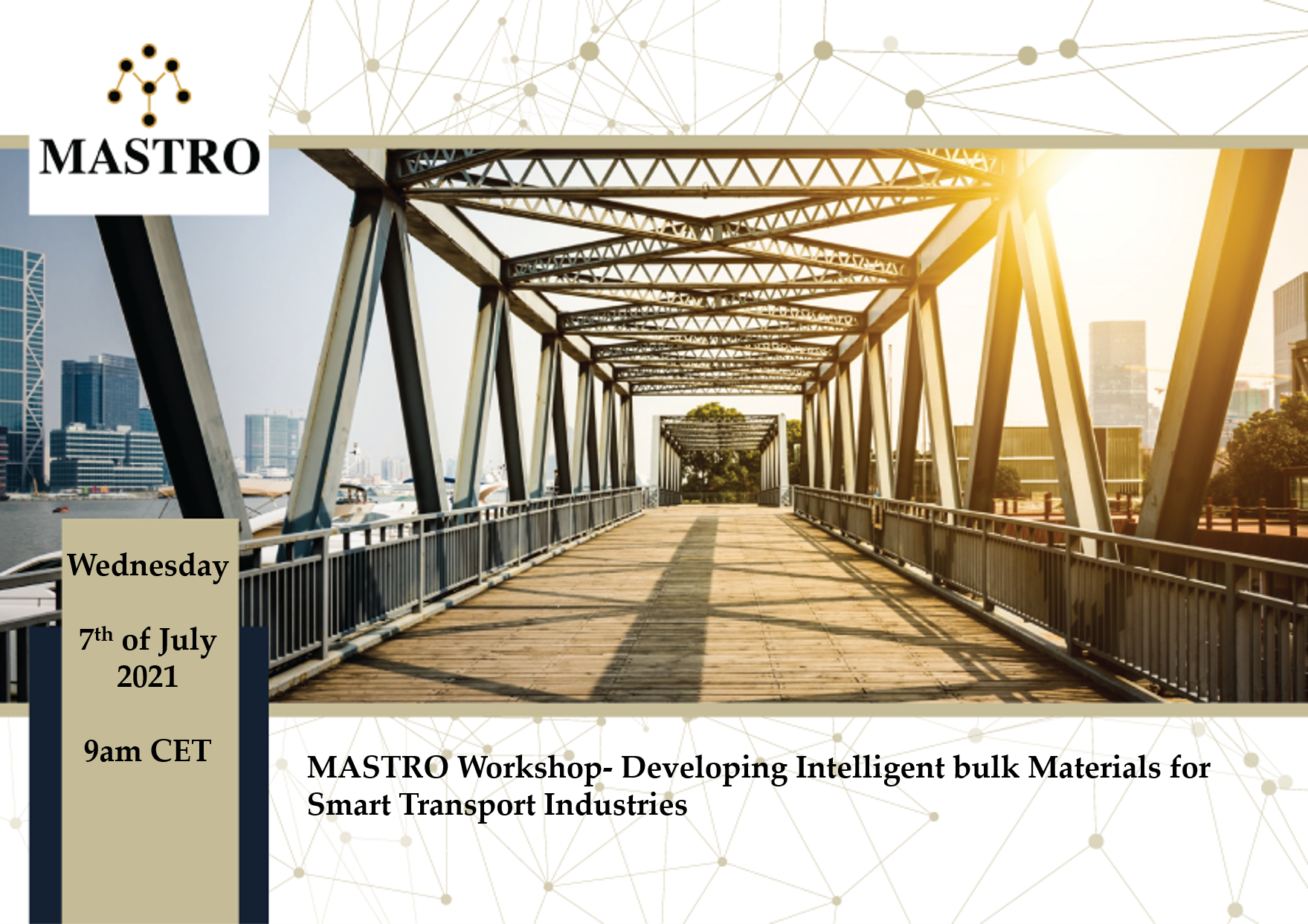
Session I: Smart materials development
Session II: Smart functionalities model
Session III: Demonstrators in the aerospace, automotive and transport infrastructure sector
Find more about the workshop Here
Register now!
H2020 MASTRO Project – Infographic Video
H2020 MASTRO Project – Final Video
H2020 MASTRO Project – Video of the dissemination material
H2020 MASTRO Project - Infographic Video
MASTRO´s video has been announced on CORDIS WIRE EC platform! Find out about MASTRO's goals and technologies applied for developing intelligent bulk materials with self-responsive properties for the #transportation sector reducing maintenance costs and increasing consumer safety!
H2020 MASTRO Project - Infographic Video
MASTRO´s video has been announced on CORDIS WIRE EC platform! Find out about MASTRO's goals and technologies applied for developing intelligent bulk materials with self-responsive properties for the #transportation sector reducing maintenance costs and increasing consumer safety!
Get Involved
The project Advisory Board (AB) offers professional guidance to project leaders, especially on replicability aspects of project outcomes to other sectors. If you are interested in joining our Advisory Board, please feel free to contact us.
Sectors
AERONAUTIC
Improve safety with intelligent self-responsive components, such as (i) self- sensing, self-deicing, self-curing, self-healing wing leading edges, (ii) self-deicing engine intakes and (iii) self-protected fuel systems and tanks
AUTOMOTIVE
Improve drivers’ safety and experience with enhanced durability of novel materials, such as (i) self-sensing, self-curing, and self-healing bumpers, (ii) self-deicing door gaskets and windscreen wipers area, (iii) self-deicing, self-protection battery filling systems and (iv) self-heating seats.
TRANSPORT NETWORK
Avoid sudden structure failures by developing new intelligent infrastructures with self-sensing properties, able monitor the integrity of materials. Enhance safety in roads and bridges with self-deicing and self-healing pavements.
Project progress
The MASTRO project started on December 1, 2017 and will run for 42 months.
41% F - 59% M GENDER STATISTICS
30 DISSEMINATION ACTIVITIES
750 DAYS SINCE KICK-OFF
59% PROJECT COMPLETED
